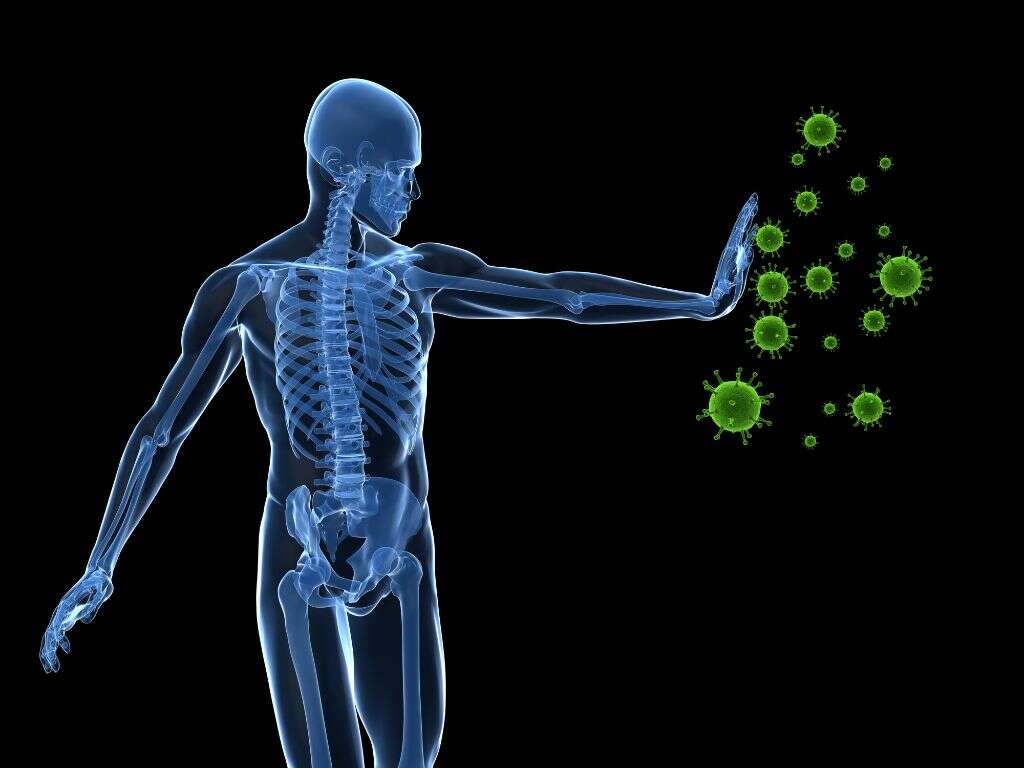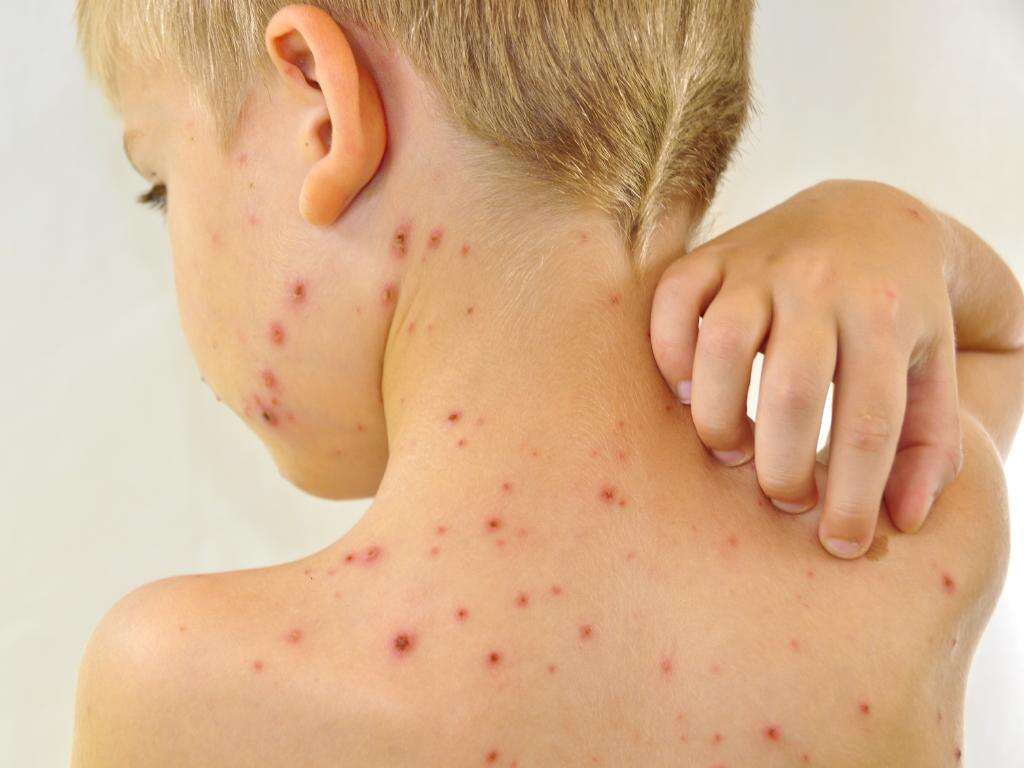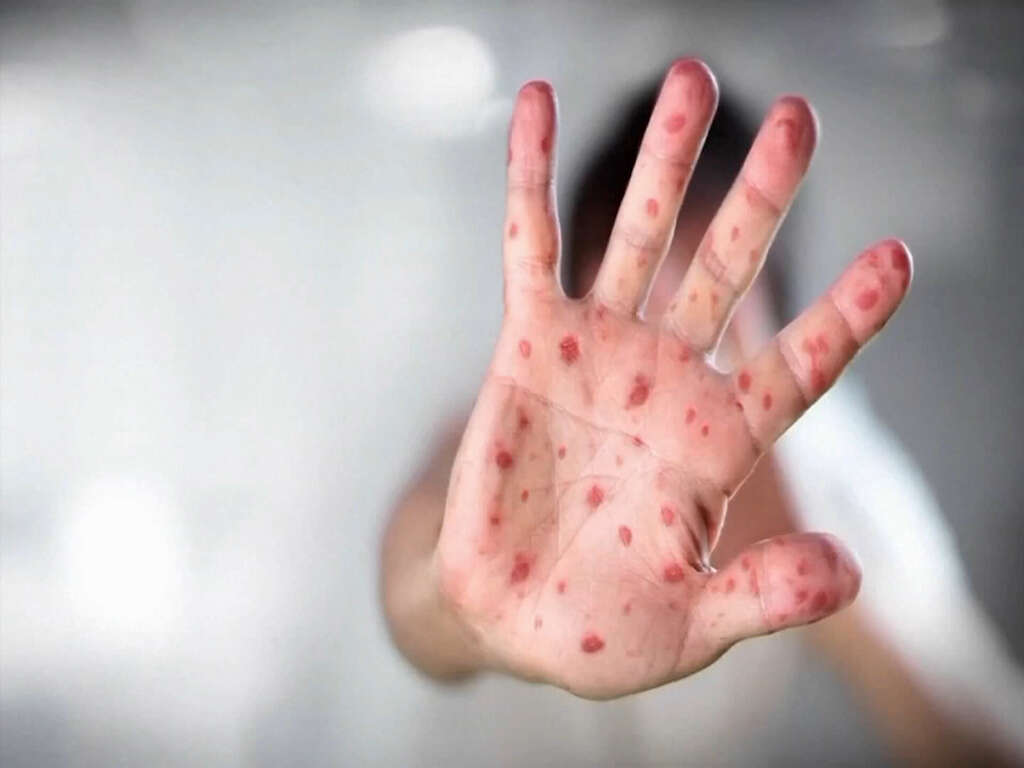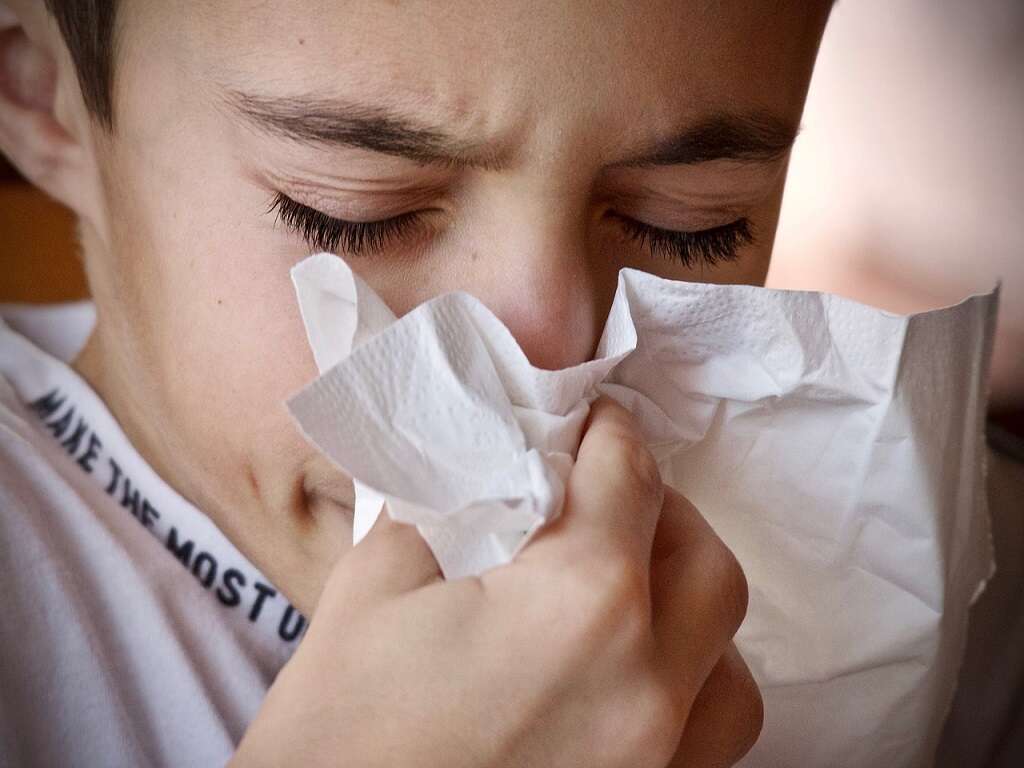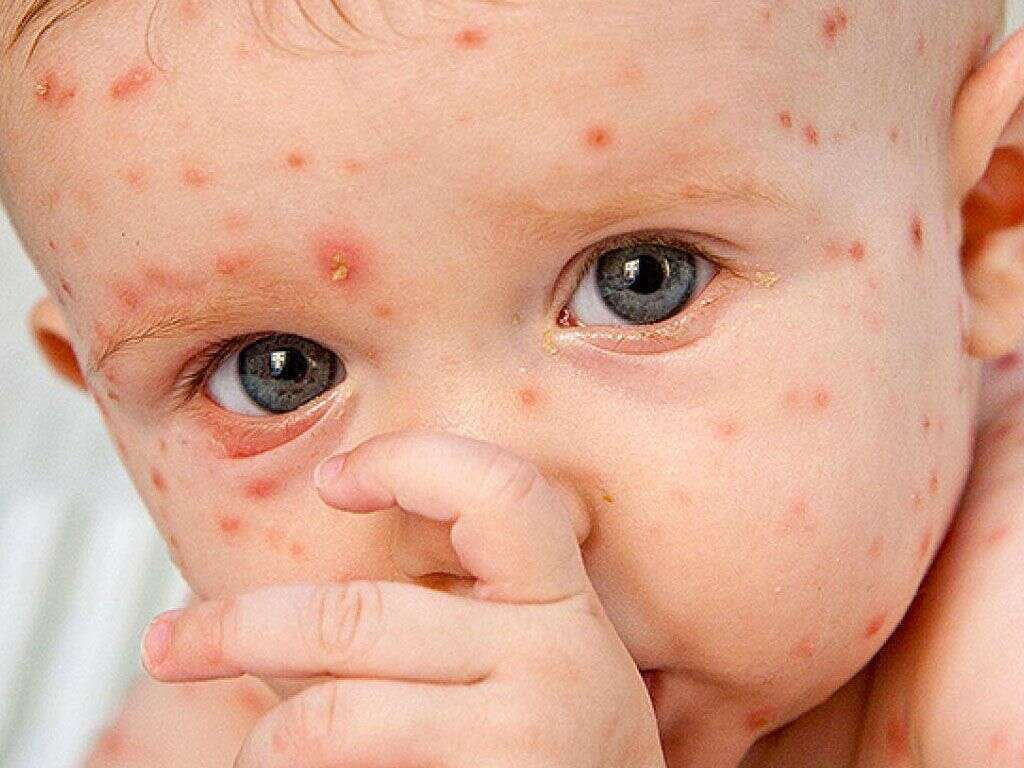What Are Measles?
Some diseases are so common that it is highly likely you will catch them at some point in your life. This tends to happen when we are still young because our bodies have not yet learned to protect us against the disease. The majority of these diseases are, thankfully, only fairly mild.
Even mild diseases can cause a lot of deaths, however, if they are able to infect a lot of people. Measles is one such example of a disease that used to be widespread all over the planet. It can affect both adults and children, and it will be very dangerous indeed to a very small percentage of the population.

1. Measles
We don’t encounter measles often nowadays, but it used to be far more common than it is now. This is because of the creation of vaccines that helped to all but eradicate the disease in many parts of the world. It is not extinct completely however, and it has even made somewhat of a comeback in recent years.
In most cases, measles will not be dangerous, even if the symptoms can be uncomfortable. It will be fatal in a small number of cases, however, and the diseases’ very high infection rate means it can cause many deaths. It is a different disease to German measles, which is usually milder.
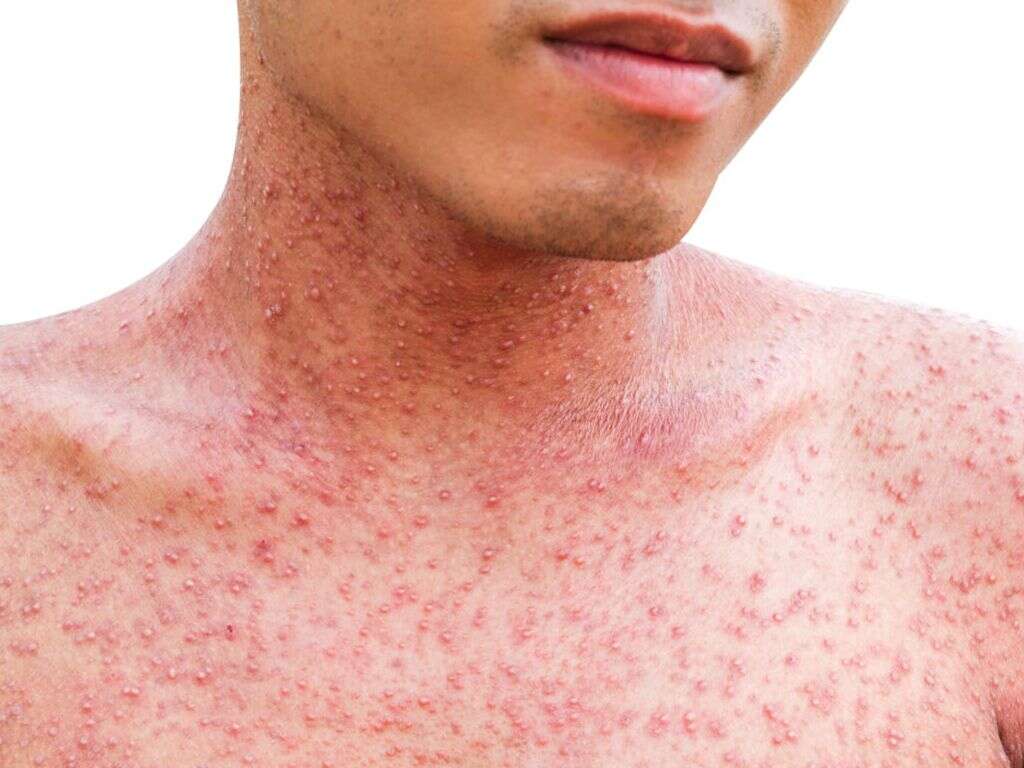
2. Rubeola
Measles is also sometimes known as rubeola, after the name of the virus that causes it. As mentioned, it is a highly contagious disease and a high percentage of people that are exposed to it will become infected. It is usually caught from other people that are infected.
When an infected person sneezes, coughs, or even talks, they will inadvertently spray virus contaminated droplets. These droplets can be inhaled, infecting whoever inhaled them. The virus can also be spread in a less direct manner. The droplets can contaminate surfaces, and another person has a chance of becoming infected if they come into contact with those surfaces and then transfer the virus to their face.
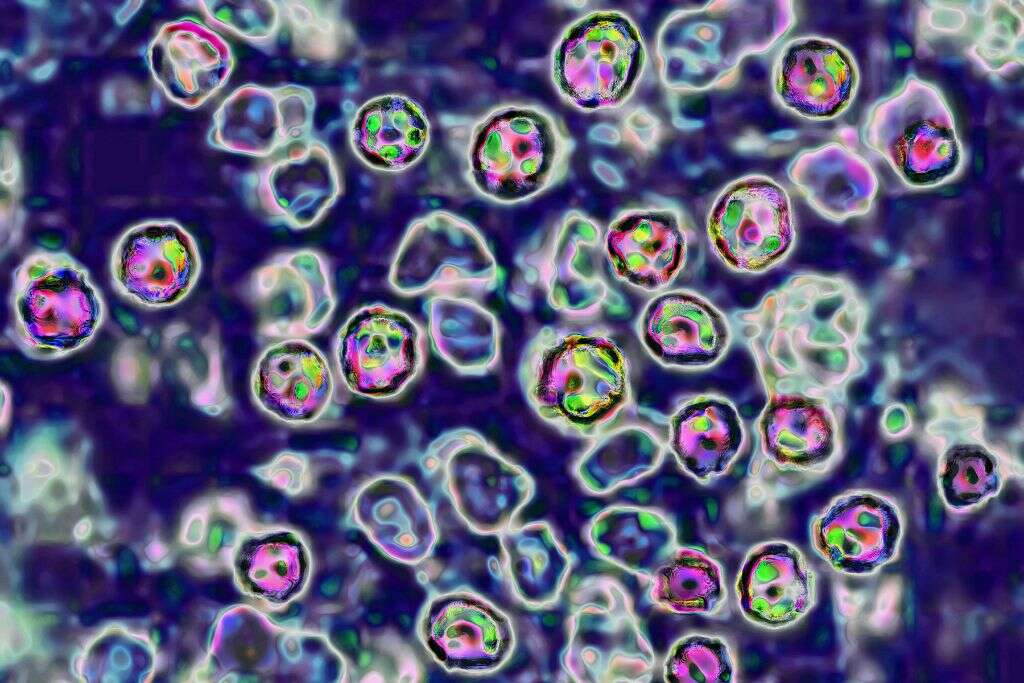
3. Infection And Incubation
After somebody has been infected, the disease will progress in a number of stages over around 2 to 3 weeks. The first of these is the incubation stage which lasts for around 10-14 days. During this stage, the virus will be replicating, but it has not yet multiplied enough that it will cause symptoms for the patient.
During the beginning of this stage the patient will not be contagious. Around 4 days or so before symptoms do show, however, the patient will become contagious. This means the virus is more likely to spread faster as the patient can be spreading the disease without being aware that they even have it.

4. Mild Symptoms
Once the incubation period is over, the virus will be more prevalent in its host’s body. Thus, it can start having an impact on the patient’s bodily systems, and symptoms will appear. Some symptoms will also be caused by the immune system firing up to help deal with the growing problem.
To begin with, the symptom of measles can be mistaken for a cold or similar. The patient may have a sore throat and a cough that is persistent. Their eyes can become inflamed and they can develop a runny nose. This stage of the disease will typically last for 2-3 days.
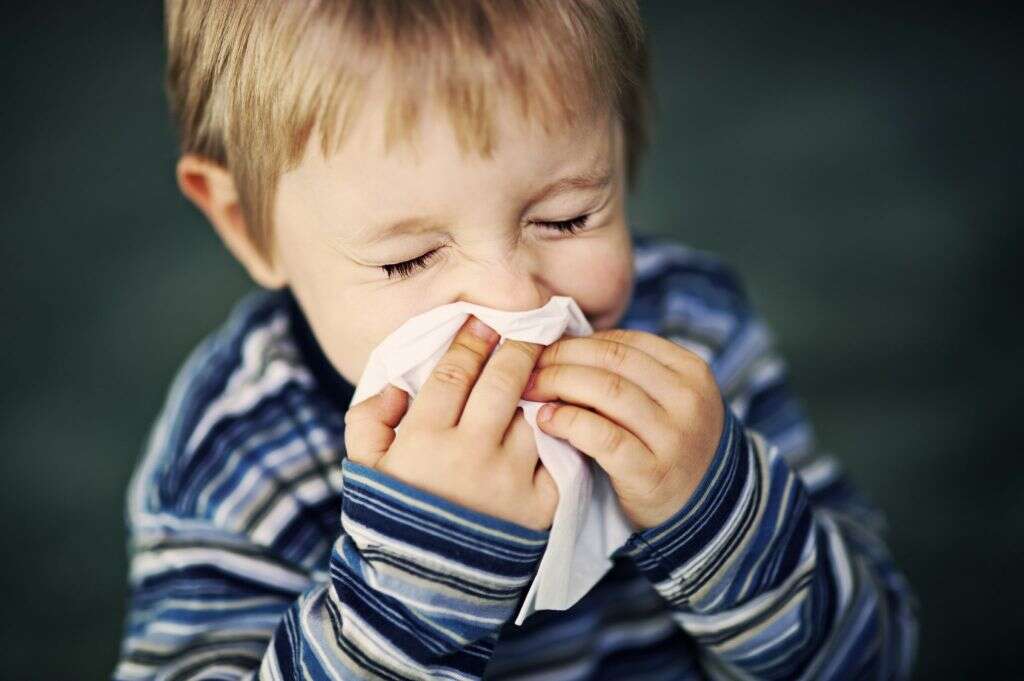
5. Rash
Perhaps the most characteristic symptom of the measles is the rash that it causes. The rash typically consists of small red spots and they will appear on the patient’s face first. Some of the spots will be raised slightly, and they can appear in groups that make the rash appear to be blotchy.
From the face, the rash will then spread down throughout the rest of the body. The patient’s fever will also rise and can reach as high as 105.8 F. The rash will usually last for around 7 days or so before receding. The patient will be contagious for up to around 4 days from the appearance of the rash.

6. Bronchitis
In addition to the symptoms already mentioned, measles will also cause some potentially severe complications in a small number of cases. One of these is bronchitis, which is an infection of the bronchi, which are the main airways feeding the lungs. Bronchitis can make it difficult to breathe, in addition to causing a number of unwelcome symptoms.
Another potential complication is laryngitis, which is an inflammation of the voice box. Croup is also a possibility, which is another type of respiratory infection. The infection can cause inflammation to the point the patient cannot breathe. Ear infections can also occur and, in severe cases, this can result in loss of hearing.

7. Pneumonia
Pneumonia is a relatively common complication of measles. The severity of pneumonia can vary, and it will be treatable in many cases. It can be dangerous for people that have a weakened immune system, however, and pneumonia is the cause of death in some cases of measles.
Another potential complication is encephalitis, which is a lot less common than pneumonia. If the infection reaches the brain then it can cause the brain to become inflamed. It can cause symptoms like a fever, nausea, headache and aching joints. It can also cause more severe symptoms, and it will be fatal in some cases.

8. Pregnancy
Pregnant women in particular will need to be careful about the measles because it can cause some very serious problems. If you are pregnant and you are not immune to the measles virus then you should take extra precautions not to be exposed to it. If you suspect you have been exposed to it then you should let a doctor known as soon as possible.
Measles during pregnancy can result in the child being born underweight, and it can also result in premature births. In some cases, it can even result in miscarriages or still births. If you are planning on becoming pregnant at some point in the future and you have not been vaccinated, you should consider doing so.

9. Prevention
The vaccine for measles is very effective, so effective that the disease became very rare in developed countries. However, a recent trend opposing vaccines has led to an increase in the prevalence of the disease. The chances of serious negative reactions to measles vaccines are extremely low, and it is advised that people continue to get vaccinated.
Not all people are able to get vaccinated. This includes the very young and those that are particularly weak. These people would usually be prevented by herd immunity, which means they would be safe because other people around them are vaccinated and free from the disease. A recent decrease in vaccination levels has also led to a decrease in herd immunity.
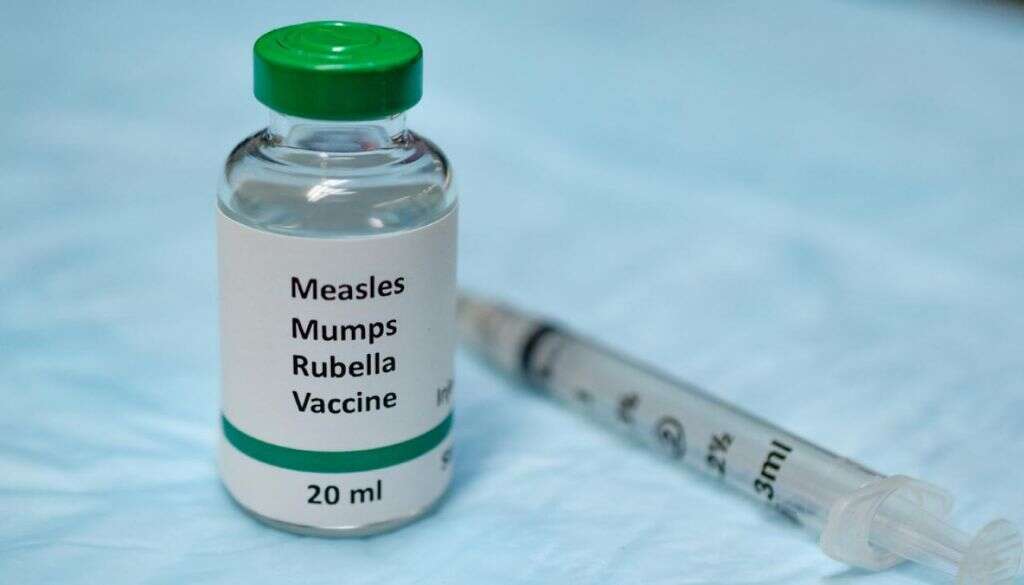
10. Treatment
There is no known treatment for measles directly. If it is suspected that somebody might have been exposed to the virus, then they may be given a vaccine within 72 hours if they have not already been vaccinated. Doing so can at least help to reduce the severity of the symptoms.
Measles can also sometimes lead to certain bacterial infections, and these can often be treated with an antibiotic. Medication may also be used to help treat a fever. Low levels of vitamin A are likely to make the symptoms of measles more severe, so the patient may be given vitamin A supplements if it is deemed necessary.





